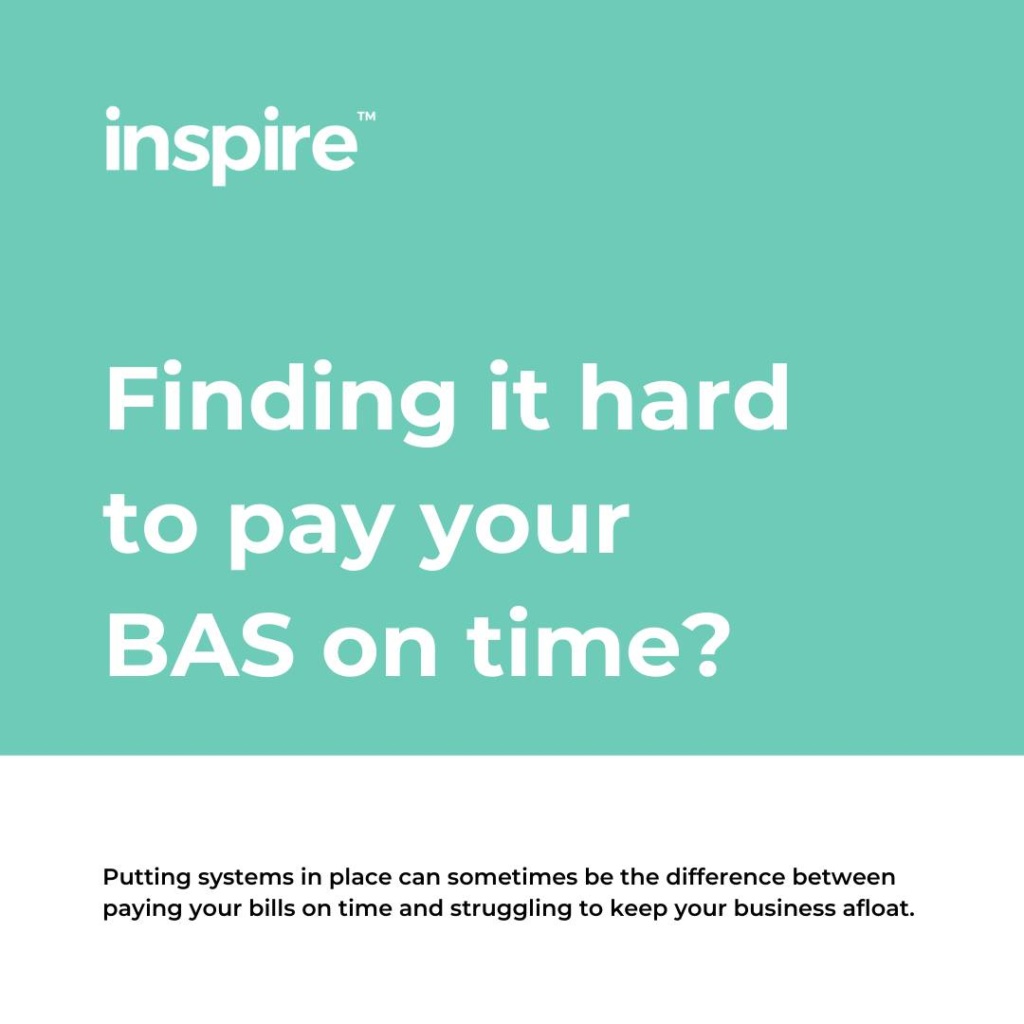
Hired a new employee since 7 October 2020? You could be eligible for $200 per week!
JobMaker Hiring Credit claim has started this month and the aim of this program is to incentivise businesses to hire young job seekers.
So if you hired a new employee recently or thinking of hiring a new employee, you could be eligible. Please check your eligibility below:

Employer Eligibility
- Register for JobMaker Hiring Credit scheme
- Operates a business in Australia
- Holds an ABN and is registered for PAYG Withholding
- Did not claim JobKeeper payment since the 7th of October 2020
- Up-to-date with income tax and GST lodgement obligations for the last 2 years

Employee Eligibility
- Be aged either: 16 to 29 years old, to attract the payment of $200 per week; or 30 to 35 years old to attract the payment of $100 per week at the time their employment started;
- Have worked or has been paid for at least 20 paid hours per week on average during the JobMaker period
- Started employment between 7 October 2020 and 6 October 2021
- Have received the JobSeeker Payment, Youth Allowance (Other), or Parenting Payment for at least 28 consecutive days within the 84 days prior to starting employment
- Be in their first year of employment with this employer, reflecting that the hiring credit is only available for 12 months for each additional job
- Employees may be employed on a permanent, casual or fixed‑term basis.
Need to speak to an accountant?
Book a zero cost, 20 minute strategy call with an Inspire Accountant.

Update on JobKeeper 2.2 (JobKeeper 2.0, extension 2)
- Tier 1 (>20 hr / wk) $1,000 per fortnight
- Tier 2 (<20 hr / wk) $650 per fortnight
- Meet payment requirements for January by 31 January
- Report January fortnights from 1 February
Watch the quick update on JobKeeper 2.2 (JobKeeper 2.0, extension 2) from Ben Walker below.
How We Track Our Marketing Results With The LAPS Method
We use a method called “LAPS” we learned from our friends at Dent, and that essentially stands for; Leads, Appointments, Presentations, and Sales.
From COVID until now, I was able to track how many leads we were able to get each week. There were roughly 21 leads a week, and that includes new contacts coming into our system, filling in forms, registrations to webinars, and surveys.
In terms of appointments; 21 leads then converts six appointments. Now these appointments are what we call “strategy calls” here at Inspire. From the strategy calls, the accountants will actually talk with the person and discuss; what their needs are, can we actually help, and what’s the next step? That usually leads to one or two spots which is a “Look Under the Hood” or a second opinion on that person’s tax returns. Alternatively, if they’re new to business, or they want to understand their structure, it could be a “Structures and Strategy Session”.
Neither a “Look Under the Hood” or an SSS means that they’ve become a client at that point. Yes, they have paid us money for one of those two things, but there’s still no obligation at that point to use us. It’s also a way where both parties can work out whether we want to keep working with each other, and seeing if we can provide value to one another. So, that’s what the presentation part is.
From there, it then converts into one sale. So after the “Look Under the Hood”, usually they then turn into a client. We usually average one new client per week, which is pretty amazing. Since COVID (April to November 2020) we have onboarded roughly 40 new clients. It’s definitely been a huge year for us in terms of growth, but also making sure we can still deliver on that.
The #1 Piece of Advice We Got From Gary Vee

Finding It Hard To Pay Your BAS On Time?
Do You Take 12 Weeks Off A Year From Your Business?
The Truth About How Much Time We Spend On Marketing
Track & Grow Your Wealth With The New Inspire App
We’ve recently launched an app that tracks your wealth. The purpose of this app is to know where you are now, see where you’re going, and we can even set goals in the app so it gives you an update each month on how you’re tracking.
We can add anything from an asset or a liability perspective. The cool thing about this is it actually links into RP Data, so it will track your suburb performance and you can even track the movement each month. You can also see the history of each property – so we can document everything. you can even add your property manager in here as well, and they can send rental statements in so you’ve got it all tracked here.
We can put the business value in, however I would probably recommend only putting your business value in here if you’ve got a relatively liquid business, not if your business might take years to sell. That’s not saying you don’t need to put it in, but I wouldn’t want to over-inflate the net worth if it’s not relatively liquid.
You can add your superannuation – if you’ve got a self-managed super fund and we look after it, we can actually plug in from our super software into this software so it gives it live updates as well. If you’ve got shares, you can usually connect most portfolios, or nabtrade.
You can also add motor vehicles, and this connects to Redbook which can give you an estimate of what your car is worth. You can connect bank statements – similarly to how Xero has bank feeds, this software can have bank feeds as well, and it’ll actually show you your cashflow for the last 30 days.
Most of our clients would be on Xero for their business. But if you’re not, or you want to just tag something for a tax perspective, we can just hit a button that says Deduction for that one, that says Work, and we can run a report at the end of each year that shows how much you spend on fuel, or travel, or utilities, or all that sort of stuff.
In terms of protection, you could even pop in your insurance policies and your wills and estate planning, your power of attorney, etc, and you can put electronic copies in here. The idea of it is that it’s a central wealth portal, and everything we do from a personal finance perspective can live in there.
Download the app now on iOS or Android.
The Documentation You Need To Pass On Your Wealth
Statistics show that about 60% of Australians die without a will, which is huge.
In terms of an estate plan – for business owners especially – an estate plan isn’t just a will. When you’ve got structures like trusts, companies, and self managed super funds, there is much more to consider when you’re looking to pass on your wealth. But in terms of the different sets of documentation you’ll need: if you hold assets in your personal name, your will covers that. The will is the only document that covers stuff in your own name.
If you follow our principles on asset protection – where the risk taker has zero dollars in their name – then your will is usually the most useless piece of paper, when you’re the risk taker. Often people might think that’s the only document they need, which is incorrect.
Watch the video below on the types of documentation you need to pass on your wealth.
For all estate planning advice, please work with qualified estate planning lawyers to help you plan out your estate plan. At inspire, we are not estate planning lawyers, but work with some of the best to walk our clients through this process.
How We Turn 1 Webinar Into 50 Pieces Of Content
The number one question that I get quite a lot is: Who do we use to create these amazing videos, and how do we get all these templates?
We use a company called Splasheo, and It’s just been so simple and easy to use their software. We started off with their seven day free trial and it starts as low as $99 a month. You can cancel any time and it’s a 30 day money back guarantee.
When we do a webinar, I usually download the Zoom recording and I upload it onto a Google drive folder. We’re on a premium package with Splasheo, and so we have a dedicated video editor. Once the video is uploaded, I email our video editor and say, “Here’s the link to our Google folder. We just did a webinar, could you please extract up to 10 videos out of this webinar for us?” She then extracts these videos, and she turns it into three different formats for us.
Our video editor creates a square format which is great for Facebook or LinkedIn, a landscape format which is great for YouTube and blogs, and a portrait format which is great for Instagram and TikTok. She also transcribes the whole video for us which I basically copy and paste it into a word document and format that transcript to ensure that it’s readable, and you can post that as an article, or a blog, or an email.
When we send our video’s through to Splasheo, our video editor watches the video and then they’ll go and find the gold nuggets, so to speak. They then add nice backgrounds and our branding, and they turn it into what you see on social media.
The process is incredibly simple and easy. If we have a webinar that is one hour in length, the turnaround time is usually around seven days, and we get so much content off of that. So with one video, we essentially get five pieces of content out of one. So if we times that – if we get 10 videos then we essentially get 50 pieces of content out of that one webinar.
>>> Watch the full webinar at https://insp.red/2021MarketingStrategy
Get Cashed Up


